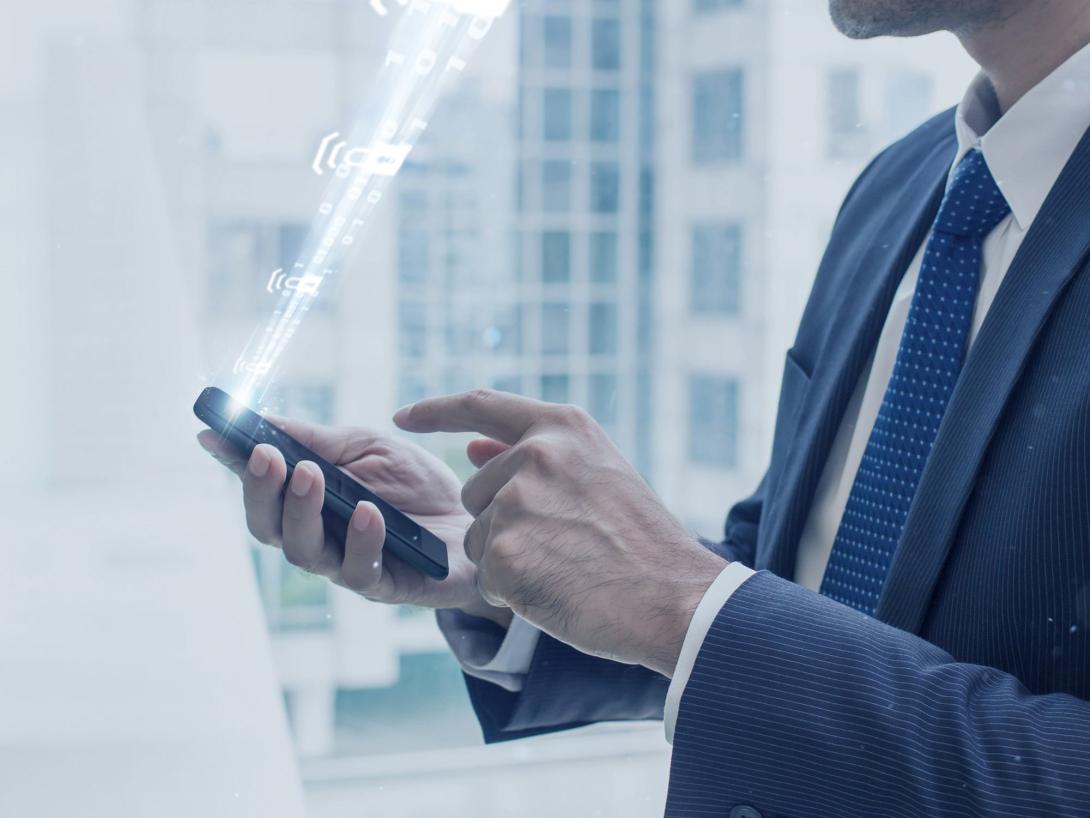Is It Finally Time to Say Goodbye to Unsafe Mobile Communication Practices?
Threat levels for cyber attacks are heightened globally and the current geopolitical situation has made vulnerabilities even more exposed than before.
While critical infrastructure and data centers are often seen as primary targets, mobile devices are increasingly at risk. Smartphones, in particular, are a major conduit for potential leaks of sensitive information, affecting both businesses and public administration.
Unsecured smartphone in the hands of an unaware employee can be an excellent tool for infiltrating an organization's resources.
Dangerous Practices
Security is important because the propagation of remote work has given hackers new access channels. Only a few of those who work from home use secure access channels such as VPNs or oversight mechanisms such as Mobile Device Management (MDM).
The rapid adoption of smartphones in professional settings has outpaced efforts to educate employees about mobile security threats. It is a known practice to use private smartphones as an alternative to work devices. This can lead to trivial security breaches with serious implications.
Additionally, children often have access to such devices as parents do not know how to separate the workspace from the private space. In such cases, IT departments do not have any possibility to check whether such smartphone meets the minimum conditions allowing it to be used in an environment where confidential data is processed.
Organizations also make purchasing errors when selecting mobile devices. A typical scenario is the purchase of a pool of smartphones from an operator as part of a business plan, where the priority is cost optimization and benefits for employees—often the possibility to choose a smartphone model is treated as a perk related to the position. In such cases, security considerations take a backseat, even though these devices more often than not serve as gateways to an organization’s resources.
Implementing Solutions for Mobile Security
Awareness of cyber threats, which can severely disrupt or even destroy company or institutional operations, is crucial. Data leakage can be a problem, but even a ransomware attack can paralyze or even destroy data resources. Therefore, it is not only important to combat the effects of an attack, but most of all to avoid it.
Both business and public administration entities can now effectively secure their mobile environments. The first step should be to recognize that smartphones must have the same status as company computers and that digital security programs implemented within the organization should also include these devices.
Separation of personal and workspaces is essential. This can be done by strictly enforcing that employees use only company smartphones for business purposes, preferably configured with MDM services. Employees who have access to sensitive information should only use certified devices that meet certain security standards. Consumer-grade smartphones offer limited protection, usually only at the software level, against surveillance or data theft. Thus, the safest approach is to opt for solutions that are built with security focus from the ground up.
By prioritizing mobile security and adopting robust measures, organizations can protect their resources and ensure that their mobile communication practices are no longer a weak link in their cybersecurity defenses.
For more information visit Bittium.com.





Comments